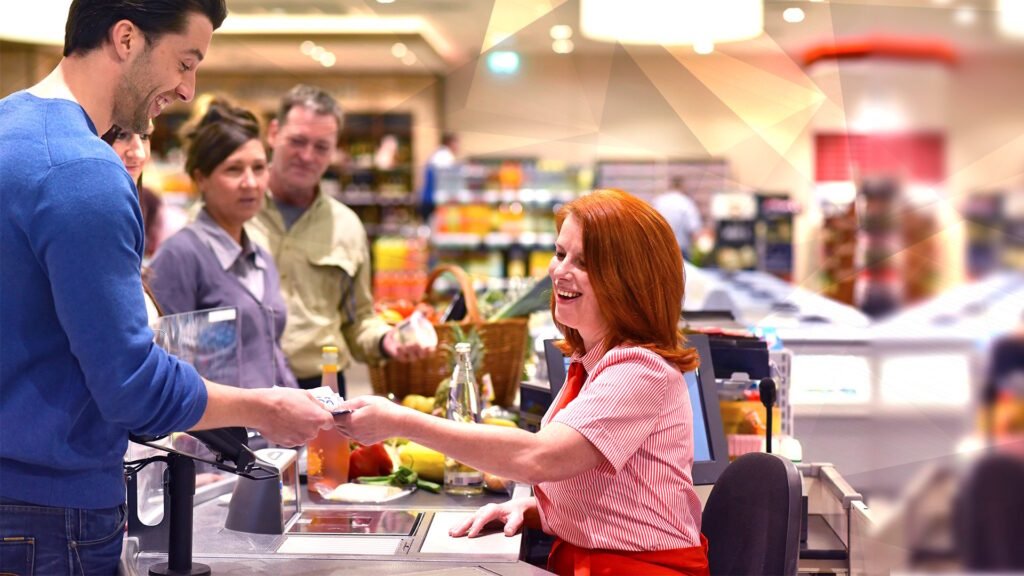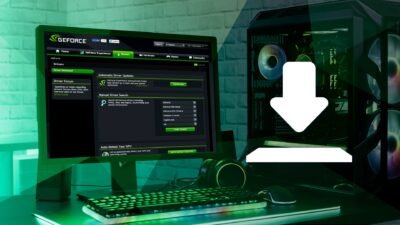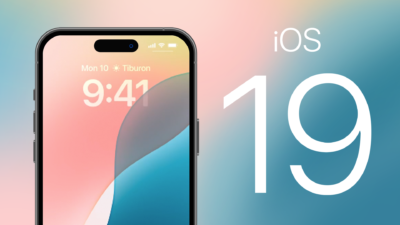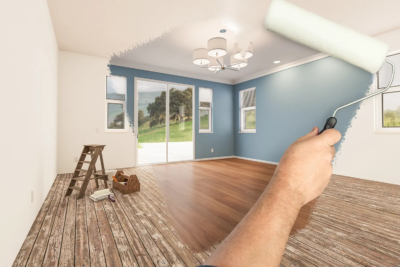Products Barcodes Will End Soon

The era of classic barcodes, which have identified products worldwide for almost 50 years, will soon end. A successor based on the already proven QR codes is now in the starting blocks.
QR code with more information
According to GS1, an international standards organization responsible for barcode specifications, new, more powerful QR codes should be widely used within the next two years. These new codes then contain far more information than traditional barcodes, including expiry dates, allergen information, ingredients and recycling instructions.
In doing so, they are intended to open up new opportunities for both consumers and retailers. Anne Godfrey, managing director of GS1 UK, told the newspaper The Guardian: “The shift was accelerated by the Covid pandemic, as many people became accustomed to scanning QR codes in restaurants to pull up menus.”
One advantage of QR codes is their flexibility: even if the packaging is damaged, the codes can be easily scanned thanks to their multiple data repetition. In contrast, even minor damage to classic barcodes can make scanning impossible. Large chains such as Tesco and Woolworths are already testing the use of the new codes. Initial results show that integrating shelf life dates into codes can significantly reduce food waste.
For example, Woolworths in Australia reduced food waste by up to 40 percent by more efficiently discounting products near their expiration date. QR codes are also promising for environmental initiatives. Coca-Cola uses it in Latin America to track the number of refills of returnable bottles before they are recycled.
Lots of customizations
However, the introduction of QR codes requires investment: retailers have to adapt their checkout systems, and not all products benefit equally from the change. For long-lasting items such as candles that do not require expiration dates, classic barcodes could still be sufficient. In addition, barcodes are deeply anchored in existing processes in warehousing and production.
Despite these challenges, the course for the change has been set. GS1 President Renaud de Barbuat is optimistic: “Our goal is for all retailers worldwide to be able to read these new barcodes by the end of 2027.” According to a survey by GS1 UK, almost half of UK retailers have already upgraded their systems.
Alexia is the author at Research Snipers covering all technology news including Google, Apple, Android, Xiaomi, Huawei, Samsung News, and More.










